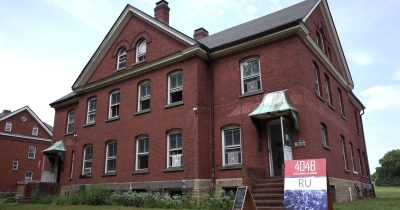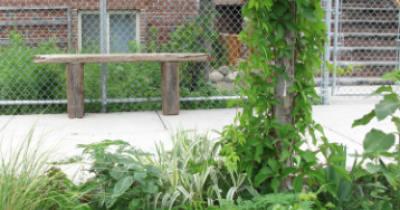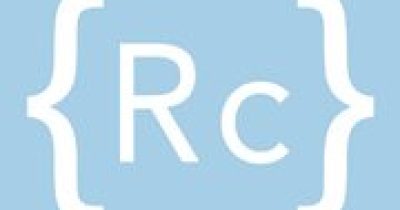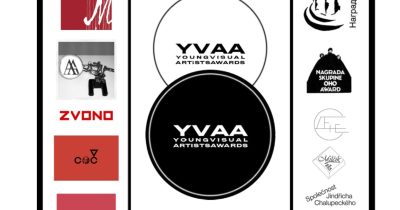Lacasapark Art Residency (511 S. Mountain Rd, Gardiner, NY, 12525)
September 22 – October 26, 2018
Opening: September 22, 1:00-7:00pm
With: Owen Armour, Peter Brock, Adrián S. Bará, Juliana Cerqueira Leite, Tomás Díaz Cedeño, Faivovich & Goldberg,
Andrea Galvani, Alison Kudlow, Gonzalo Lebrija, Pedro Martínez-Negrete, Ana Montiel, Mario Navarro, Diego Orendain,
Barb Smith, Bosco Sodi, Ernesto Solana, Tove Storch, Casey Tang, Tezontle and Liat Yossifor.
The group exhibition PRIMA MATERIA echoes the alchemist’s thought of the existence of a prime matter that brings everything into being, the original component of the universe. In Aristotle’s philosophy, the concept involves nature in both a physical and a metaphysical viewpoint, referring to plants as the principle of animation and universal psyche. In a sense, this “original substance” appears as a multiplicity, a set of elements found in nature, a cosmic unit. Nature is what allows the world to exist, and conversely, all that is linked to the world is part of nature, thus the central bond between humans and the micro and macro cosmos. Departing from the idea of prima materia as the ultimate mixture, the inner form from which everything is shaped, the exhibition presents a constellation of artworks that resonate with the cosmogony phenomena of elements and materials found in our environment.
PRIMA MATERIA provides a framework in which to explore narratives emphasizing the transmutation of essential prime elements found on earth. This includes different mediums, plots, and storylines that further reflect on the imminent processes and effects of nature and matter such as chaos, decay, human impact, and disintegration while overlapping on the complementary interdependent actions including permanent change, transformation, rebirth, and creation. Nonetheless, remaining in vital dialogue with today’s social, economic, and environmental political realities. Together through various lenses and means, the exhibition points out the profound and continuing interconnection between nature and human creative gestures. Additionally, it mirrors the immanent and transcendent intrinsic world that emerges from the natural world.
Located on the edge of Minnewaska State Park, the exhibition touches on themes of the transcendental and science, combining the artists’ role and praxis with that of a cosmologist, scientist, astrologer, and shaman, as seen in the works of Ana Montiel where she combines her spiritual and artistic practice. Influenced by cosmology and physics, she investigates painting techniques with an alchemy of pigments while reflecting on hues, space and nature’s intangible and mystical layers. Whereas Alison Kudlow’s Sun Interpretation (Veil for Danae) II celebrates ritualized processes of communication with the sun, via the light it derives by depicting ephemeral sunlight moments captured in time. As well, in Andrea Galvani’s artwork The End, we found an investigation and tribute to the heliocentric model of our solar system. The video installation presents the sunrise on the horizon, challenging ideas of boundaries (political, geographical, psychological) as a point of separation. While the oeuvre of the duo Faivovich & Goldberg emphasizes, over more than a decade, in an intensive and wide-ranging research project on meteorites discovered in Campo del Cielo, in northern Argentina, their body of work offers new ways of seeing and experiencing the terrestrial results of a long-ago cosmic event. In Mario Navarro’s Short Stories about Geometry, the artist translates the complex scientific ideas of a mathematical treatise attributed to the ancient Greek mathematician Euclid. The works adopt shapes and geometries suppressing the explanatory text for each of the theorems. Just as in nature, the presence of integer sequences is unnoticed, Navarro allows the spectator to see the work as a geometric composition without knowing the importance of what they are seeing.
The reflection on the body, natural material and one’s relationship to the world is present in Barb Smith’s installations where she manifests the tension between seeing, touching, and recalling. For A Body of Water, Liat Yossifor makes a similar observation through a uniquely personal lens, a childhood memory. The film portrays a reminiscence of a sensation in a specific place in nature, her body immersed in the Mediterranean Sea. The absence of the body juxtaposing with the ripples on the water surface evokes cultural displacement while evidencing the power of natural environments encoded in the human mind. This is presented as well in Gonzalo Lebrija’s film where he records himself walking into the wilderness landscape as a monumental act of existential quest. The surrounding natural setting draws the viewer to follow him on his introspection about his place in time and space. While in Juliana Cerqueira Leite’s Curl 1, she pursues a symbiotic exchange where her body is integrated as part of the material, this intermingle creates tactile biomorphic shapes that evoke a womb or a blooming seed. Thus, echoing a living multicellular entity in the process of renewal or rebirth. Amongst the artists exploring the richness of raw earthly materials and its engagement with nature is Bosco Sodi, where his clay sculpture remains conditional to the environment, evidenced in the subtle constant metamorphosis of the artwork surface texture and color, while, embracing the essence of the materials emotive power. In Tomás Díaz Cedeño’s practice, the transformation of organic and inorganic matter is centered on materials from marginal cultures that evoke peripheral belief systems. Meanwhile, Tezontle’s practice aims to generate innovative sculptures by incorporating vestiges of the past and the narratives of the immediate context and its relationship with nature. In the case of Adrián S. Bará, the resources found in the forest become an integral part of the artwork where trees, barks, soil, and fungi symbolize elements of regeneration which produce an encounter that refer to changes in all of life and the ecological system.
Chaos plays a central role in alchemical thinking where is believed that prima materia progress from death and decay. In a sense, one unchanging principle of nature is that everything is subject to deterioration and collapse as a way to create something a new. This reflection is present in Tove Storch’s site-specific installations where the artist addresses the invisible forces in nature that shape our world while capturing the innate process of deterioration and contamination that living things endure. Meanwhile, Ernesto Solana explores the materiality of objects and their relationship to new environments, his photographs and found objects captures the consequences of late capitalism and the narrative of decadent objects within natural environments. Similarly, the collaborative work of Diego Orendain and Pedro Martínez-Negrete highlights the technological invasion currently experienced in the world, through a soundscape formed by recordings of sounds emitted by non-living matter that together mimic or recreate the sound of a natural environment. Casey Tang’s Bored makes further observations on death by examining the liminal areas that recontextualize and compare systems found between two habitats to explore humans’ fixation with domestication as an attempt to control the chaos of the world around us. Likewise, Peter Brock, drawings and paintings are rooted in day-to-day looking. The observation of the surfaces of his environment informs his interest in topics such as simulation and domination of nature in urban spaces. Owen Armour’s site-specific work combines building material outside urban spaces to suggest the interconnected acts of construction and destruction and humans imprint in the world.
Artists have persistently searched for spaces in nature, outside the white cube or the institution. The outdoors becomes a source to understand and represent our place in space. Through different individual perspectives and approaches, from video, sculpture, painting, and photography, to sound and site-specific installations, the exhibition invites viewers to engage and rethink by new efforts the relationship between the world and the living, as an intrinsic connection emphasizing the mediation between the two. Like a modern-day alchemist, each artist in its own particular viewpoint act as poignant conductor and connector with the universe.
Curated by Viridiana Mayagoitia




